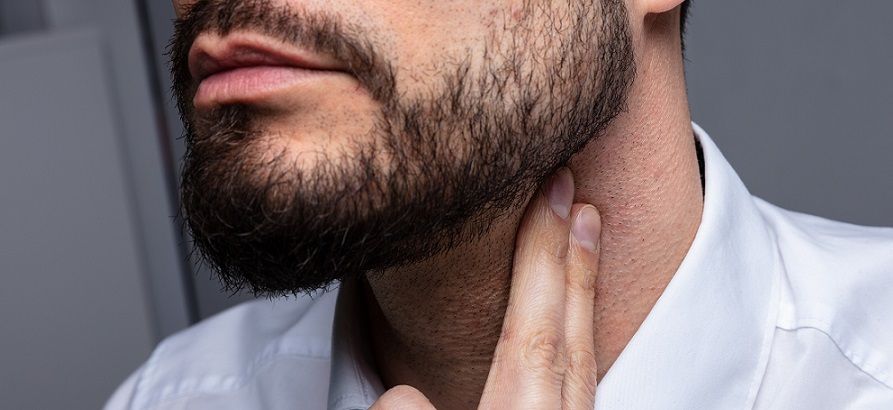Article
Case Report: Repeated Fainting Spells
Author(s):
A 22-year-old male with no significant past medical history is brought to the emergency department for syncope. He was getting a haircut when he fainted. What's your diagnosis?
(©Andrey Popov, AdobeStock)

EKG read. (Image courtesy of Dr. Brady Pregerson.)

A 22-year-old male with no significant past medical history is brought to the emergency department for syncope. He was getting a haircut when he fainted. Medics say that on arrival his blood pressure was in the 60s and his heart rate was in the low 30s. The patient states that he has fainted many times in the past, but never before saw a doctor for the events. He denies palpitations, chest pain, SOB, fever, cough or other complaints.
Exam: Vital signs were normal except for a pulse of 48. Exam is otherwise normal.
Initial differential diagnosis:
- Bradydysrhythmia
- Vasovagal episode
- Hypothyroidism
- ACS
The initial EKG read shown here on the right, shows sinus bradycardia and borderline ECG. Do you agree?
NEXT PAGE: Answers
EKG Analysis: The computer read is correct. For syncope always focus on the intervals (long QT and short PR) in addition to looking for tachycardia, bradycardia and ischemia.
Conclusion: Labs and orthostatics were normal. The patient stated he would not have come to the ED if this had happened at home. After probing further, doctors learned that the syncope occurred while the barber was shaving the man's neck and as a result, the man is diagnosed with carotid sinus hypersensitivity. He is most likely at higher risk for this condition due to the baseline bradycardia.
DISCUSSION
Carotid sinus syndrome (CSS) is a rare condition characterized by recurrent syncope with physical stimulation of the carotid baroreceptor located at the bifurcation of the internal and external carotid artery usually while shaving the upper neck. Stimulation of the baroreceptor triggers bradycardia, which when severe enough can lead to syncope and collapse. The physical exam is typically normal, but a baseline bradycardia may be present.
Evaluation for suspected CSS should include the usual testing for syncope such as orthostatic vital signs an EKG and possibly a complete blood count. Cardiac enzymes can be added in patients at risk for coronary disease. Reproduction of symptoms by carotid sinus massage can confirm the diagnosis when bradycardia and/or hypotension also occur, but prior to attempting this maneuver confirm that no contraindications are present.
Treatment of CSS can be as simple as avoiding triggers and eliminating medications that predispose to bradycardia or hypotension. In refractory cases permanent pacemaker placement can be considered.
For more information on carotid sinus syndrome, visit the The Emergency Medicine 1-Minute Consult Pocketbook.





